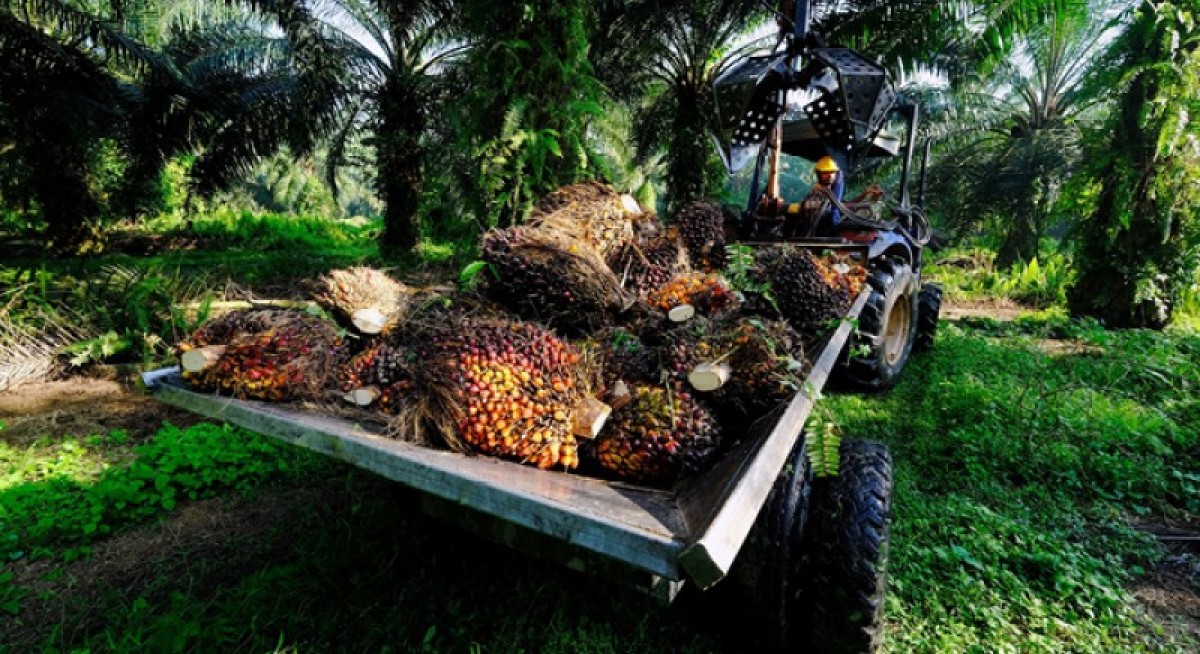“Our base case assumption is a moderate El Nino and a resolution or solution for the grains corridor issue before end-October, which is when the harvesting period for Russia and Ukraine’s sunflower crops ends.
“We assume that Russia and Ukraine will be able to find ways to export their grains and oilseed products even without the grain corridor. Should these two assumptions be proven wrong, we will need to relook at our price assumptions,” the analysts add.
While El Nino is expected to last until January to February 2024, weather models are projecting it to be a moderate event. This means productivity may not be affected as badly as it was back in 2015 to 2016, the analysts highlight.
During the last two strong El Nino events, palm oil output declined by double digits of 14%-17% while during the last two moderate El Nino events, palm oil output declined by single digits of between 3% to 7%, they note.
See also: Analysts more confident on DFI’s Retail prospects following recent inaugural investor day
Although RHB sees rising supply risks, demand is still relatively lacklustre — the discount between CPO and soybean oil has narrowed slightly to US$543 per tonne, making CPO less attractive versus competitive oils.
Meanwhile, palm oil stock levels at major importing countries are now above historical levels, providing less incentive for restocking activities given the fragile global demand, which in turn stems from a weak economic sentiment. Additionally, the competition between Malaysian and Indonesian palm oil remains intense, resulting in the former losing market share, the analysts point out.
RHB continues to believe higher CPO prices in 2024 will mean that the purer planters would be looked upon more positively than the integrated players, given the latter’s higher sensitivity to price movements. However, integrated players would provide a more stable earnings base and consistent dividend returns.
“In addition, we highlight that not all pure players would tend to benefit equally in terms of earnings, given the Indonesian tax structure — which would make purer Malaysian planters more attractive than a pure Indonesian planter. As such, for Indonesian exposure, we would prefer the integrated players, as they benefit from Indonesia’s tax structure in the form of higher margins,” the analysts add.
With its current tactically positive outlook, Golden Agri-Resources (SGX:E5H
As at 2.30pm, shares in Golden Agri are trading at an unchanged 26.5 cents.



